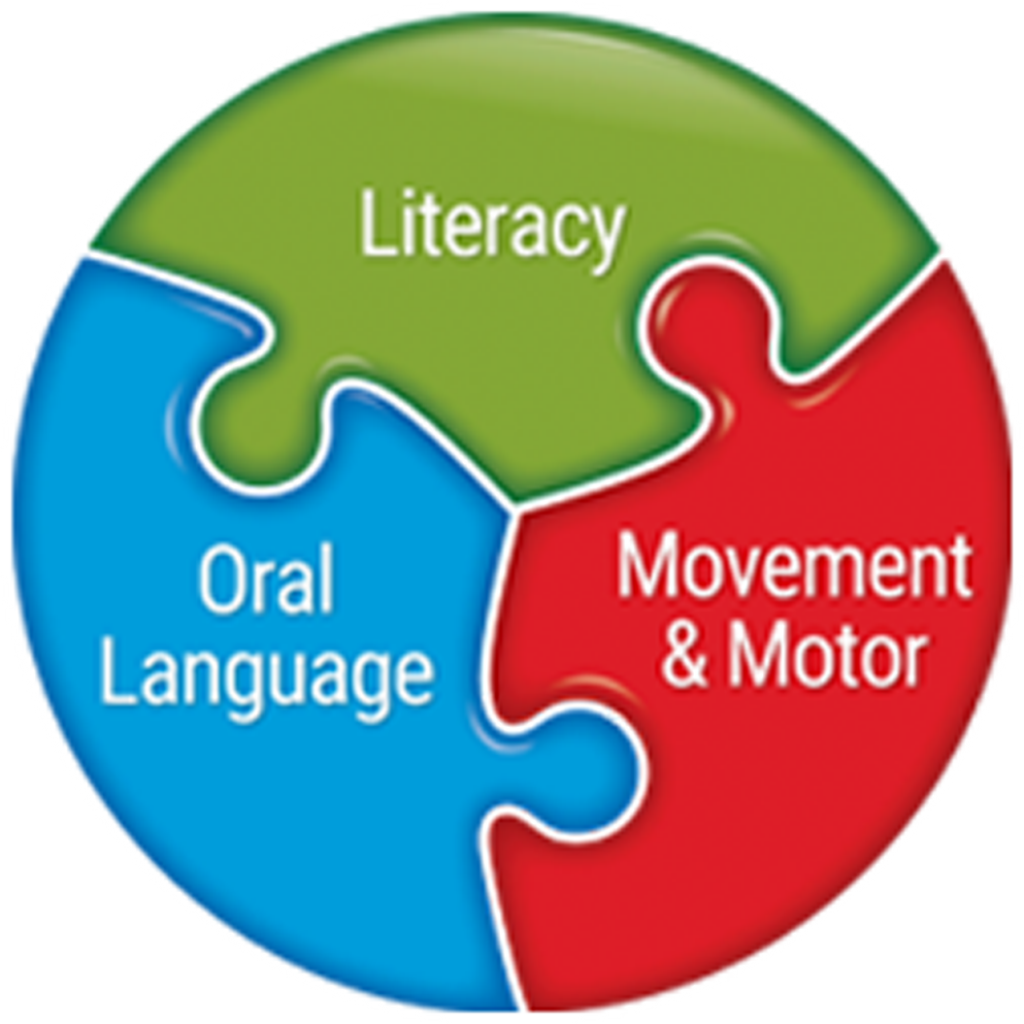Maintain Strong Implementation of PLD’s Programs

After introducing PLD’s structured synthetic phonics (SSP) programs into your classrooms, it is essential for schools to stay actively involved in the management of the program. Changes in staffing and the busy nature of schools can impact the implementation process and ultimately the fidelity of the program fades over time.
Follow this Checklist to Refresh and Refocus PLD’s Implementation
PLD recommends always using the newest version of the tracking sheets rather than re-using previous versions, as the updated sheets have improvements. Access the latest manuals via the links below.

Staying connected with PLD is essential for classrooms implementing our programs. Our e-newsletters provide valuable updates and tips to support ongoing success. To ensure your staff stays informed, register them using this link.
School leaders can also email the PLD office with the names, emails, and roles of the staff members, and we will take care of the registration process for you.
Watch modelled lesson block videos showing how to deliver PLD’s Structured Synthetic Phonics (SSP) with confidence using the Integrated SSP Kits or Starter Packs. Each video provides an overview of the Monday – Friday routine, demonstrating how to structure Daily Reviews, Speech Sound Mapping, Word Study, and Phonic Dictation within a 30-minute SSP block.
SSP Kit Demo Videos
Integrated SSP Kit Users: Visual screen-display materials are built into the Integrated SSP Kits, making it easy to project, teach, and review lessons directly from the digital platform. The video below outlines how to navigate the MY SSP KIT digital platform.
Starter Pack Demo Videos
Starter Pack Users: Editable PowerPoint templates help teachers design weekly material by adding High-Frequency Words, phonic concepts, and dictation passages while following PLD’s lesson block format. The video below outlines how to time-efficiently modify the PowerPoint templates for the weekly process.


Foundation
Year 1 & 2
Year 3 & 4
Year 5 & 6
Note: The Powerpoint template will allow teachers using ‘starter packs’ to add High-Frequency-Words, phonic concepts, word lists and dictation passages while maintaining fidelity to the lesson block structure. For schools using the Integrated SSP Kits, the PowerPoint templates are not necessary as the Kits provide screen display resources.
Start every term strong by watching and sharing these brief refresher clips with your team. Each video delivers essential and practical tips for effectively implementing the PLD teaching sequence in your classroom term by term. These succinct videos also show how to use the screening and tracking data to group students by ability, allowing for more targeted instruction across different year levels.
The “PLD Essentials: Termly Overview” videos are a great way to refresh knowledge and motivate your teaching and support staff to make the most of PLD’s Scope and Sequence.
Term 1 Videos
Term 2 Videos
Term 3 Videos
Term 4 Videos
PLD Tracking Sheets are essential for maintaining fidelity and consistency across classrooms. Used well, they simplify data entry, streamline group formation, and ensure targeted teaching continues each term. Regular updates allow schools to monitor progress, plan next steps, and maintain a clear record of learning growth, supporting both teachers and leadership teams.
Once staff are familiar with the process, tracking becomes quick and routine. Tip! Nominate a staff member to oversee tracking sheet use and facilitate end-of-term reviews school-wide.
PLD’s Five-Step Process for Effective Tracking Sheets includes:
1. Complete end-of-term placement screens and record results.
2. Use data to form three groups for the new term.
3. Support staff through brief data discussions or check-ins.
4. Book a complimentary termly session with a PLD School Support Coordinator.
5. For additional assistance with data or planning, arrange a consultation (fees apply).
Implementing a Whole School Literacy Plan (WSLP) has consistently been shown to enhance student outcomes. This plan unifies the efforts of the staff under a single, cohesive vision, ensuring consistent instruction as students advance through different classes and grade levels. When every teacher in the school follows the same literacy strategy, it leads to improved academic performance across the entire school.
The Whole School Literacy Strategy (WSLS) booklet is designed to be a valuable resource for staff meetings, offering overviews for each year level and reinforcing the implementation of PLD. Each page provides suggested timelines and implementation guidance, along with references to the essential programs, clearly set out with handy visual prompts and tips. Schools can download the WSLP booklet or request hard copies to share with their school community.
Further information on high-performing schools and the implementation of a whole-school literacy plan can be found here.

To maximise literacy outcomes, PLD recommends scheduling annual coaching sessions. Schools can take advantage of the complimentary 15 or 30-minute sessions via phone, email, or Teams/Zoom at any time during the year.
These sessions allow for a tailored approach, addressing the specific needs of each school (or classroom) to ensure the implementation of the PLD program with fidelity. Bookings can be easily made using the provided QR code.
Please note, that for additional coaching support beyond the complimentary service, schools will be charged a fee.
To ensure the successful, long-term implementation of PLD, ongoing, school-specific training sessions are essential (every 24 – 48 months). Initial training alone is not enough; without regular follow-ups, the effectiveness of SSP will likely diminish over time, especially with changes in staff.
These refresher sessions are tailored to meet the unique needs of each school and can be scheduled as full-day, half-day, or one-to-two-hour staff meetings, either in-person or via Teams/Zoom. Before scheduling these refresher training sessions, the leadership team should identify areas that require additional support and training. Common focus areas include revisiting the structure of the literacy block, refining the presentation of phonic dictation, and providing assistance with tracking sheets.





































